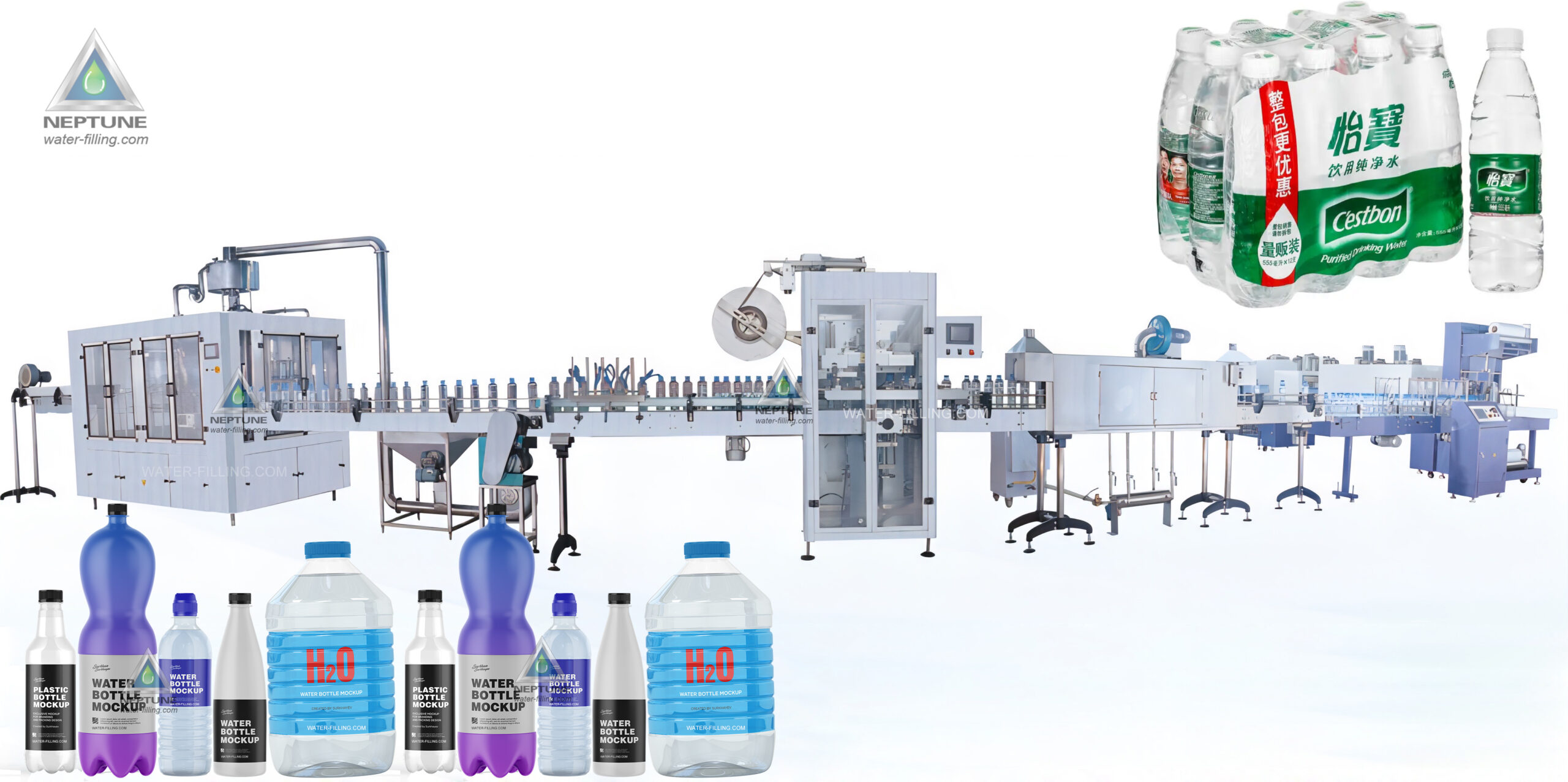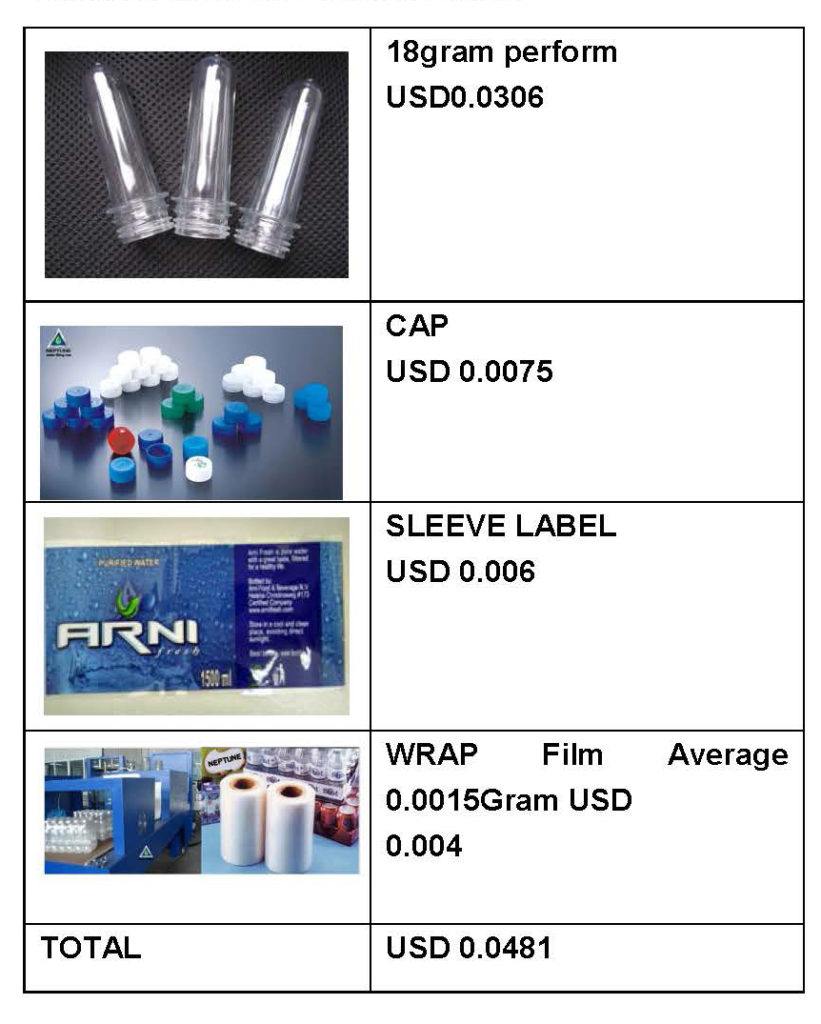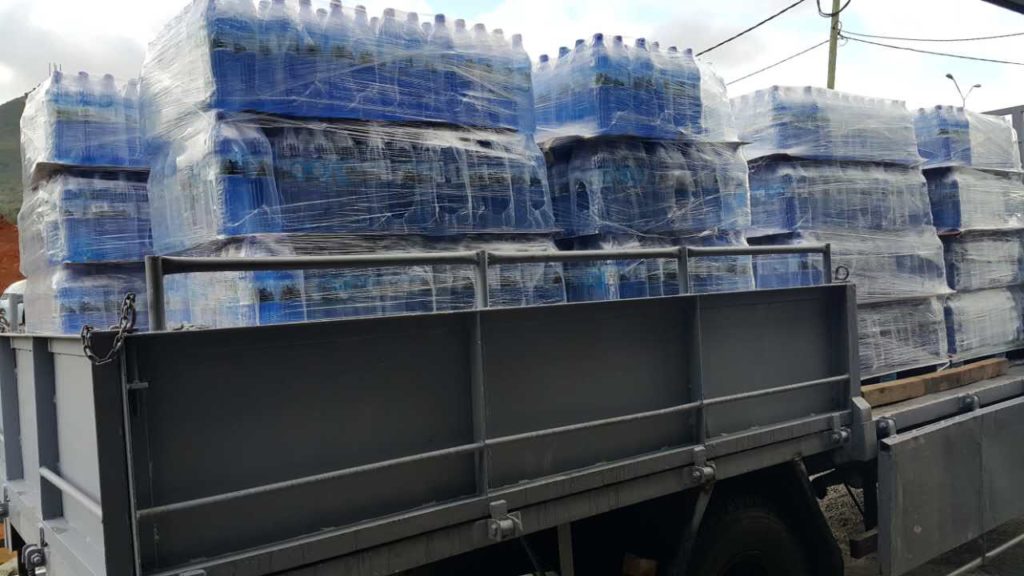
A bottled water plant can generate profit through various avenues. Here are key aspects contributing to the profitability of a bottled water plant:
- Production Efficiency:
- Implementing an efficient production process helps minimize production costs.
- Utilizing automated machinery and optimized workflows improves overall efficiency.
- Capacity Utilization:
- Operating the plant at or near its production capacity ensures optimal resource utilization.
- Efficiently managing production schedules and adjusting capacity to meet market demand is crucial.
- Cost Management:
- Effectively managing raw material costs, including PET preforms and packaging materials, contributes to profitability.
- Negotiating favorable agreements with suppliers helps control input costs.
- Quality Assurance:
- Maintaining high product quality enhances brand reputation and customer loyalty.
- Adhering to regulatory standards ensures compliance and avoids potential fines or legal issues.
- Market Positioning:
- Strategically positioning the bottled water brand in the market can justify premium pricing.
- Building a strong brand image and marketing the quality of the water contribute to competitive advantage.
- Distribution Channels:
- Establishing efficient distribution channels ensures timely and cost-effective delivery to retailers.
- Exploring partnerships with distributors and retailers can expand market reach.
- Product Diversification:
- Offering a variety of water products, such as mineral water, flavored water, or specialty bottled water, can attract diverse consumer segments.
- Innovation and Marketing:
- Continuous innovation in packaging, labeling, and marketing strategies can create product differentiation.
- Effective marketing campaigns can increase brand visibility and attract new customers.
- Cost-Effective Packaging:
- Investing in cost-effective yet attractive packaging solutions helps manage packaging expenses.
- Sustainability Practices:
- Implementing sustainable practices, such as eco-friendly packaging or responsible water sourcing, can resonate with environmentally conscious consumers.
- Export Opportunities:
- Exploring export markets can provide additional revenue streams and access to a broader customer base.
- Compliance and Certifications:
- Obtaining relevant certifications (e.g., FDA approval) enhances product credibility and market acceptance.
By addressing these factors, a bottled water plant can optimize its operations, enhance product quality, and effectively compete in the market, ultimately leading to sustained profitability.
How an 500ml bottled water materials cost ?

Indeed, the profit margins for individual bottles may appear modest, but the cumulative effect can lead to significant overall profitability. The efficiency of the production process, cost management, and effective marketing strategies play crucial roles in maximizing profits for bottled water plants.
Here’s a breakdown of the costs and profits for a 500ml bottled water:
- Materials Cost:
- The materials cost for a 500ml bottle is USD 0.00481.
- Selling Price to Agent:
- Bottled water factories typically sell a 500ml bottle to agents at USD 0.09.
- Profit Margin:
- The profit margin per bottle can be calculated as the selling price minus the materials cost: USD 0.09 – USD 0.00481.
- Cumulative Profits:
- When multiplied by the number of bottles sold, the cumulative profits become substantial.
For example:
- If a bottled water plant sells 100,000 bottles, the cumulative profit is (USD 0.09 – USD 0.00481) * 100,000.
The cumulative profits increase as the volume of production and sales rises. It’s essential for bottled water plants to focus on economies of scale, efficient operations, and effective marketing to enhance overall profitability. Additionally, exploring new markets, introducing product
How an water bottling plant profit

The profitability of a 4000BPH water bottling plant, such as the NEP-4000BPH, can be significant, especially when considering high-volume production and efficient operation. Here’s an example breakdown of the potential profit:
- Production Capacity:
- 4000 bottles per hour (synchronous production).
- Daily production: 4000 * 16 = 64,000 bottles per day (operating 16 hours with two shifts).
- Profit Calculation per Bottle:
- Profit per 500ml bottle: $0.09 – $0.00481 = $0.0419.
- Daily Profit:
- Daily profit: $0.0419 * 40000= $1,676.
- Monthly Profit:
- Monthly profit (30 days): $1676 * 30 = $50,280.
- Return on Investment (ROI):
- About two months to recover the investment.
- Annual Profit:
- Annual profit: $50280 * 12 = $603,360.
Choosing a NEP-2000BPH water bottling line would result in half the production and, consequently, half the profit.
The key takeaway is the importance of fast turnover in selling products and recouping the initial investment swiftly. Efficient production, quality control, and effective marketing strategies contribute to sustained profitability in the bottled water business. Additionally, factors like market demand, distribution efficiency, and product diversification can further impact overall success in the industry.